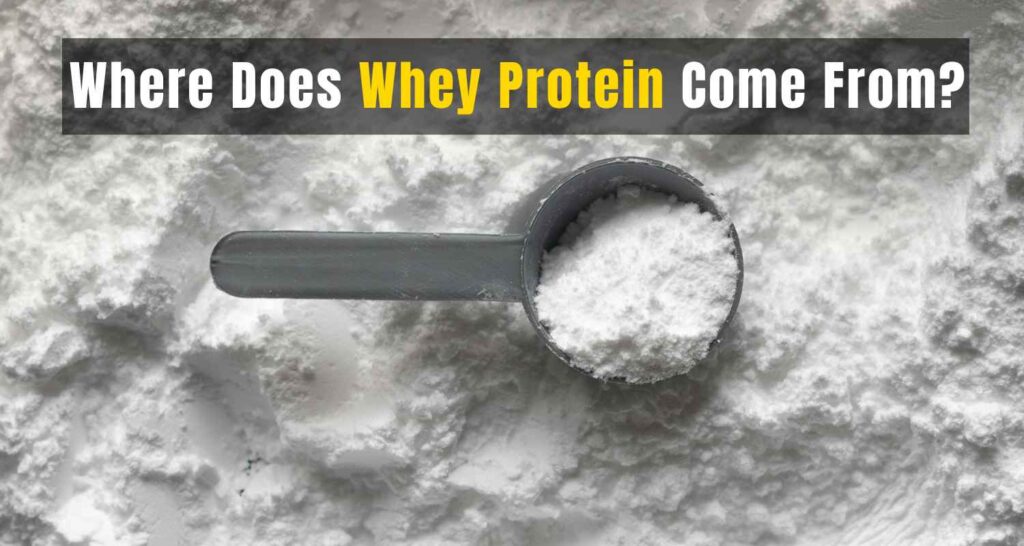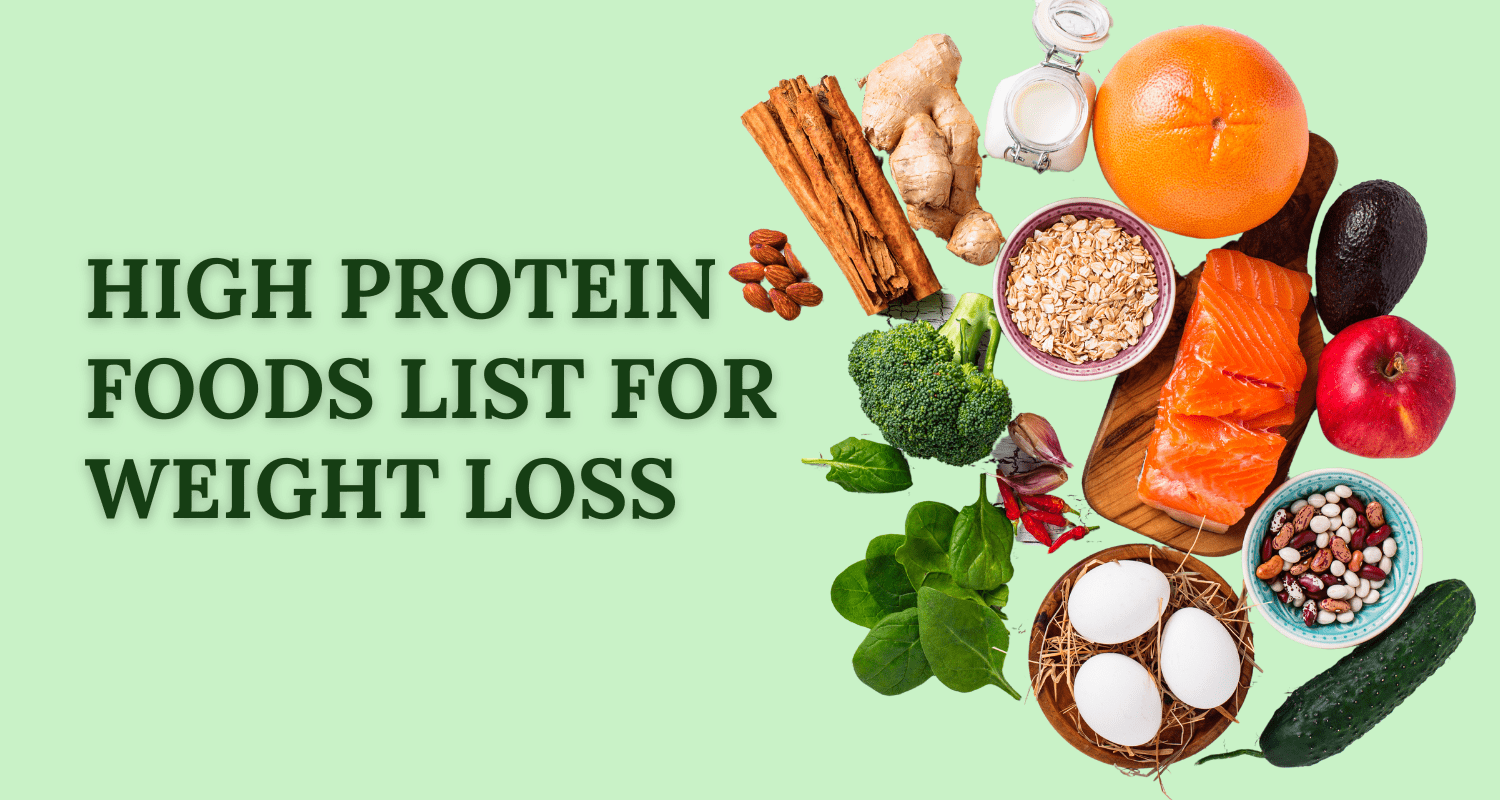Did you know that whey protein is a byproduct of cheese production and was once considered waste?
Today, it has become a multi-billion dollar industry, with whey protein powders being one of the most popular supplements among fitness enthusiasts and athletes.
Understanding where whey protein comes from is crucial to appreciate its significance and benefits.
In this article, we will explore where does whey protein come from, the sources of whey protein, its extraction process, and the various methods used to derive this highly sought-after protein.
Let’s uncover where does whey protein come from.
Key Takeaways:
- Where does whey protein come from? Whey protein is a byproduct of cheese production and was previously considered waste.
- The whey protein industry has grown into a multi-billion dollar industry.
- By exploring the sources and extraction process of whey protein, we gain a deeper understanding of where does whey protein come from and its importance in the fitness and health industry.
- Alternative derivation methods such as microbial fermentation and plant-based sources have emerged to cater to specific dietary needs and sustainability concerns.
- Consuming whey protein has numerous benefits including muscle growth and recovery, weight management, and overall health improvement.
What is Whey Protein?
In order to fully grasp the significance of whey protein sources, it is important to first understand where does whey protein come from.
Whey protein is a high-quality, complete protein that is derived from milk during the cheese-making process. It is a byproduct of the curdling and separation of milk into solids (curds) and liquid (whey).
Whey protein is composed of several essential amino acids, making it an excellent choice for muscle recovery and growth. It is also rich in branched-chain amino acids (BCAAs), which are particularly beneficial for athletic performance and post-workout recovery.
Whey protein is available in various forms, including whey protein concentrate, whey protein isolate, and whey protein hydrolysate. Each form differs in terms of protein content, purity, and processing methods.
Composition of Whey Protein
- Whey protein isolate: Contains a higher protein content, typically around 90%, with minimal fat and lactose.
- Whey protein concentrate: Contains a lower protein content, usually between 70-80%, with varying amounts of fat and lactose.
- Whey protein hydrolysate: Pre-digested form of whey protein that is rapidly absorbed by the body. It is often used for quick post-workout recovery.
The composition of whey protein can vary based on the manufacturing process and the specific brand.
Note: It is important to choose a reputable brand that undergoes rigorous quality testing to ensure the purity and effectiveness of the product.
In the next section, we will explore the process of extracting whey protein from its sources and the various methods used in the industry.
Whey Protein Extraction Process
To obtain whey protein, a meticulous extraction process is employed. This process of origin of whey protein involves several steps that ensure the purity and quality of the final product.
Let’s explore the extraction process in detail.
- Source Collection: The first step in obtaining whey protein is collecting the sources from which it will be extracted. The primary source of whey protein is milk, specifically the liquid whey that separates during cheese production and yogurt making.
- Separation: Once the sources are collected, the next step is to separate the liquid whey from the other components, such as fat and casein. This is typically achieved through filtration or centrifugation methods.
- Clarification: After separation, the liquid whey undergoes a clarification process to remove any impurities or solid particles present. This is done using techniques like microfiltration or ultrafiltration, which help achieve a clear and pure whey solution.
- Concentration: Once the whey solution is clarified, it is concentrated through processes such as reverse osmosis or evaporation. Concentrating the whey helps increase its protein content by removing excess water.
- Purification: The concentrated whey solution then undergoes further purification to eliminate any remaining impurities, such as lactose, minerals, and fats. Various separation techniques like ion exchange chromatography or membrane filtration are utilized for this purpose.
- Drying: The final step in the whey protein extraction process is the drying of the purified whey. This removes the remaining moisture content, resulting in powdered whey protein that is easily soluble and ready for consumption.
By following these extraction steps, manufacturers are able to obtain pure and high-quality whey protein, which can be used for various applications in the fitness and health industry.
Sources of Whey Protein
Whey protein, a popular supplement in the fitness and health industry, is derived from various sources. Understanding where whey protein comes from sheds light on its production process and nutritional benefits.
Let’s explore the primary sources that contribute to the production of whey protein:
Milk
The primary source of whey protein is milk, which contains two types of proteins: casein and whey.
Whey protein is extracted during the production of cheese when the curds, rich in casein, separate from the liquid whey. The whey is then processed further to create whey protein powder or concentrate.
Cheese Production
As mentioned, during cheese production, whey protein is separated from the curds, resulting in a liquid byproduct known as whey.
This whey is rich in bioactive proteins and is further processed to separate the whey protein from other compounds, ultimately creating whey protein concentrate, isolate, or hydrolysate.
Yogurt
Another significant source of whey protein is the production of yogurt.
When yogurt is made, the liquid whey that forms is often strained or removed, leaving behind a thicker, more protein-rich yogurt.
This liquid whey can be further processed to obtain whey protein and its derivatives.
- Milk
- Cheese Production
- Yogurt
These are the primary sources of whey protein in the industry, each contributing to the production of high-quality whey protein supplements.
The extraction process is meticulous, ensuring that the final product retains its nutritional value and benefits. Understanding these sources provides a foundation for where does whey protein come from, and appreciating the versatility and importance of whey protein in our fitness and wellbeing journeys.
Whey Protein Manufacturing
Once whey protein is extracted, it undergoes a meticulous manufacturing process to refine and purify it to meet the highest standards of quality and safety.
This section will explore the various methods used in whey protein production, ensuring that the end product retains its nutritional value and effectiveness as a dietary supplement.
Here are some key aspects of whey protein manufacturing:
- Ultrafiltration: This process uses membrane filtration to remove impurities and separate the whey protein from other components such as lactose and fats. Ultrafiltration helps in concentrating the protein content and enhancing its purity.
- Microfiltration: In this step, microfiltration is employed to remove any remaining impurities, bacteria, and unwanted particles. The use of fine pores allows for further purification, making the whey protein cleaner and more desirable.
- Ion Exchange: Ion exchange is another technique used in whey protein manufacturing. It involves exchanging ions to isolate and purify the protein on a molecular level. This process helps eliminate any residual contaminants and enhances the quality and taste of the end product.
- Hydrolysis: Hydrolysis is a specialized method used to break down the whey protein into smaller peptides or amino acids. This process aids in faster absorption and digestion and makes the protein easily accessible for muscle synthesis and recovery.
- Drying and Packaging: Once the whey protein is purified and refined, it is dried using methods such as spray drying or freeze drying. These techniques remove moisture while preserving the protein’s integrity. After drying, the whey protein is packaged securely to maintain its quality and ensure a longer shelf life.
By employing these manufacturing methods, whey protein manufacturers strive to produce high-quality products that contain optimal levels of protein while minimizing impurities.
The advanced processes used in whey protein manufacturing aim to provide consumers with a safe and effective source of protein for their fitness and nutritional needs.
Whey Protein Derivation Methods
Apart from traditional manufacturing methods, there exist alternative ways to derive whey protein. These methods include microbial fermentation and plant-based sources.
Exploring these alternatives is crucial to understanding their impact on the availability and sustainability of whey protein.
Microbial Fermentation
Microbial fermentation is a process that involves using microorganisms, such as bacteria or yeast, to produce whey protein.
By introducing these microorganisms to a substrate rich in carbohydrates or plant-based materials, they can break down the sugars and convert them into protein. This method offers a sustainable and efficient way to derive whey protein, especially for those seeking plant-based or vegan options.
Plant-Based Sources
Another alternative method for whey protein derivation is through plant-based sources.
Rather than relying on animal by-products, plant-based proteins like pea, hemp, or rice are used to produce a comparable protein composition to that found in traditional whey protein.
Plant-based whey protein provides an excellent option for individuals with dietary restrictions or those looking to reduce their environmental impact.
The Impact on Availability and Sustainability
These alternative whey protein derivation methods have a significant impact on both the availability and sustainability of whey protein.
By diversifying the sources beyond animal-based products, these methods increase the options for individuals with specific dietary preferences or restrictions.
Moreover, these methods offer more sustainable solutions, reducing the reliance on conventional dairy production and contributing to a more environmentally friendly protein industry.
Benefits of Whey Protein
Consuming whey protein offers a wide range of health and fitness benefits, making it a popular choice among athletes, fitness enthusiasts, and those seeking to improve their overall well-being.
Here are some key advantages of incorporating whey protein into your diet:
- Muscle growth and recovery: One of the primary benefits of whey protein is its ability to promote muscle growth and support muscle recovery. The high amino acid content in whey protein helps stimulate muscle protein synthesis, aiding in the repair and rebuilding of muscle tissue after intense workouts.
- Weight management: Whey protein can be an effective tool for weight management due to its satiating effect. Consuming whey protein can help increase feelings of fullness, reduce appetite, and regulate hunger hormones, leading to decreased calorie intake and better weight control.
- Overall health improvement: Whey protein contains essential nutrients and bioactive compounds that can contribute to overall health improvement. It is rich in antioxidants, which help reduce oxidative stress and inflammation in the body. Additionally, whey protein has been associated with improved immune function and enhanced cardiovascular health.
Incorporating whey protein into your diet can support your fitness goals, aid in weight management, and contribute to your overall well-being.
Whether you are an athlete looking to enhance performance or an individual seeking to improve your health, whey protein can be a valuable addition to your nutritional regimen.
Conclusion
In conclusion, understanding where does whey protein come from is crucial for appreciating its vital role in the fitness and health industry.
By delving into the extraction, sources, and manufacturing processes involved, we gain a deeper understanding of this popular protein supplement and its benefits to our overall well-being.
Whey protein is derived from various sources, including milk, cheese production, and yogurt. Through meticulous extraction processes, pure whey protein is obtained and undergoes manufacturing methods to refine and purify it for consumption.
The availability of alternative derivation methods, such as microbial fermentation or plant-based sources, has expanded the options for obtaining whey protein.
These methods have not only increased accessibility but have also contributed to the sustainability of this valuable protein supplement.
The benefits of consuming whey protein are significant. It aids in muscle growth and recovery, supports weight management goals, and enhances overall health.
By incorporating whey protein into our diet, we can improve our overall well-being and achieve our fitness aspirations.
FAQs
Where does whey protein come from?
Whey protein is derived from whey, a byproduct of cheese production. It is separated from the liquid portion of milk during the cheese-making process.
Where is whey protein naturally found?
Whey protein is naturally found in milk, particularly in the liquid portion that separates from the curds during cheese-making.
What plant does whey protein come from?
Whey protein does not come from a plant source; instead, it is extracted from milk, which is derived from animals, primarily cows.
Is whey a veg or non-veg?
Whey is non-vegetarian because it is derived from animal milk, making it unsuitable for vegetarians.
Why is whey not vegetarian?
Whey is not vegetarian because it is obtained from animal milk, specifically from the liquid portion that separates during cheese production.
What are the 3 types of whey protein?
The three main types of whey protein are whey protein concentrate (WPC), whey protein isolate (WPI), and whey protein hydrolysate (WPH).
Can vegetarians eat whey?
Strict vegetarians, such as vegans, typically avoid consuming whey protein because it is derived from animal milk. However, some lacto-vegetarians may choose to include whey protein in their diet.
Is 100% whey protein vegetarian?
No, 100% whey protein is not considered vegetarian because it originates from animal milk, making it unsuitable for those following a vegetarian diet.
Can vegans eat whey?
Vegans typically avoid consuming whey protein because it is derived from animal milk and does not align with their plant-based diet. Instead, they may opt for plant-based protein sources.
Disclaimer: This content, including advice, provides generic information only. It is not a substitute for a qualified medical opinion. Always consult a specialist or your doctor for more information. Nutrition Cult does not claim responsibility for this information.




